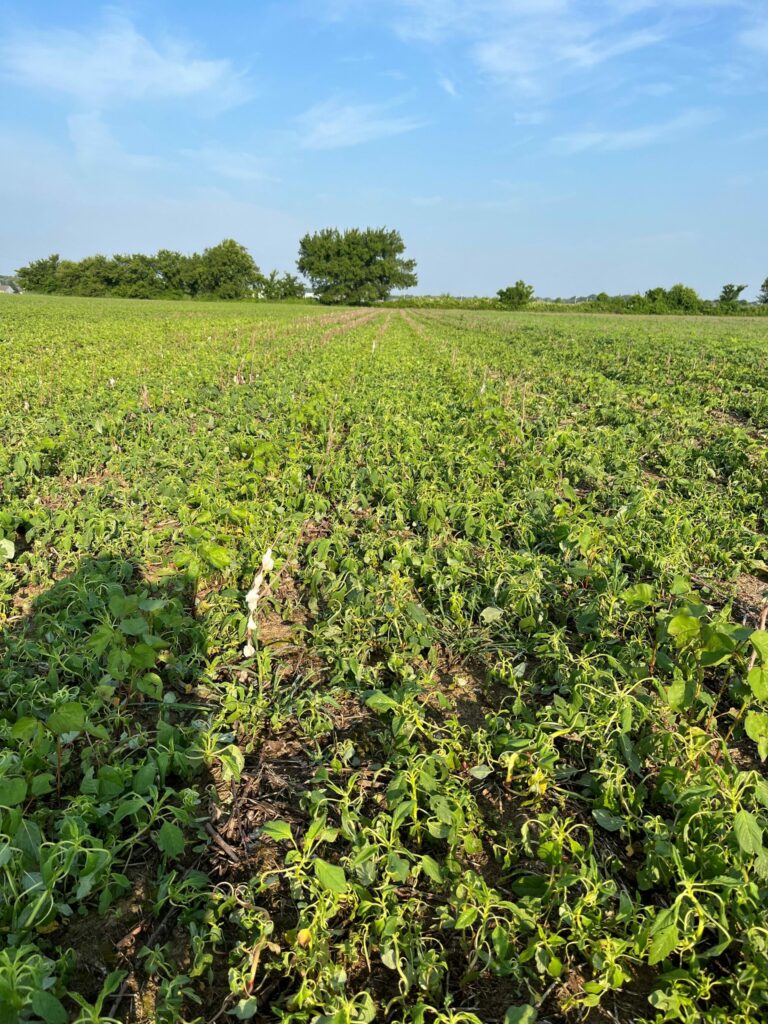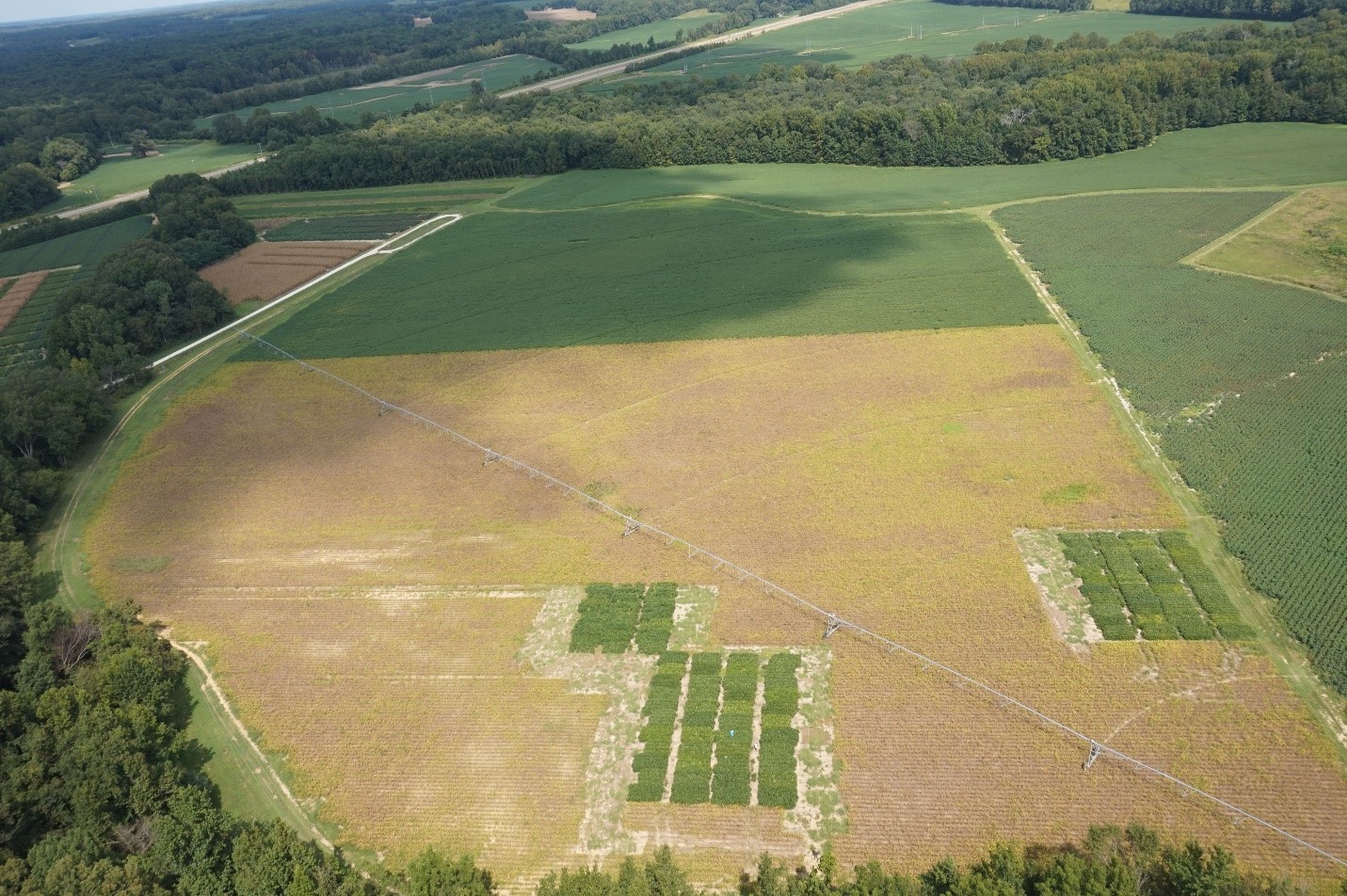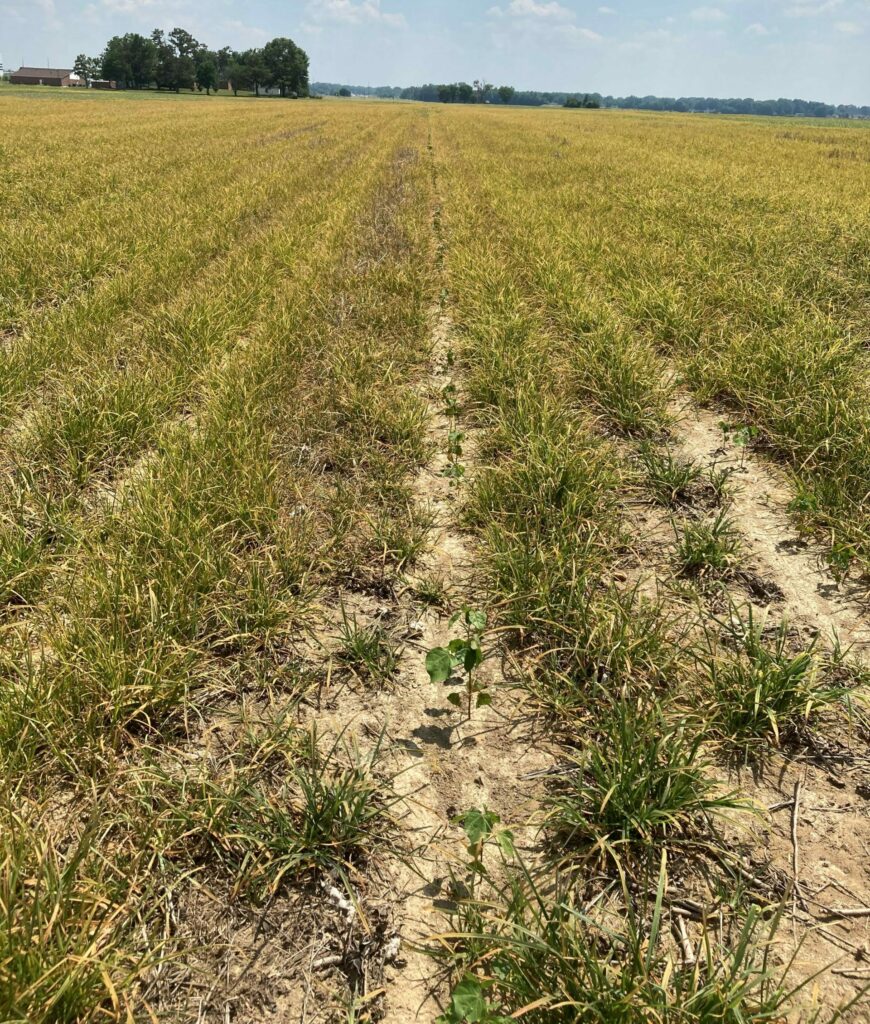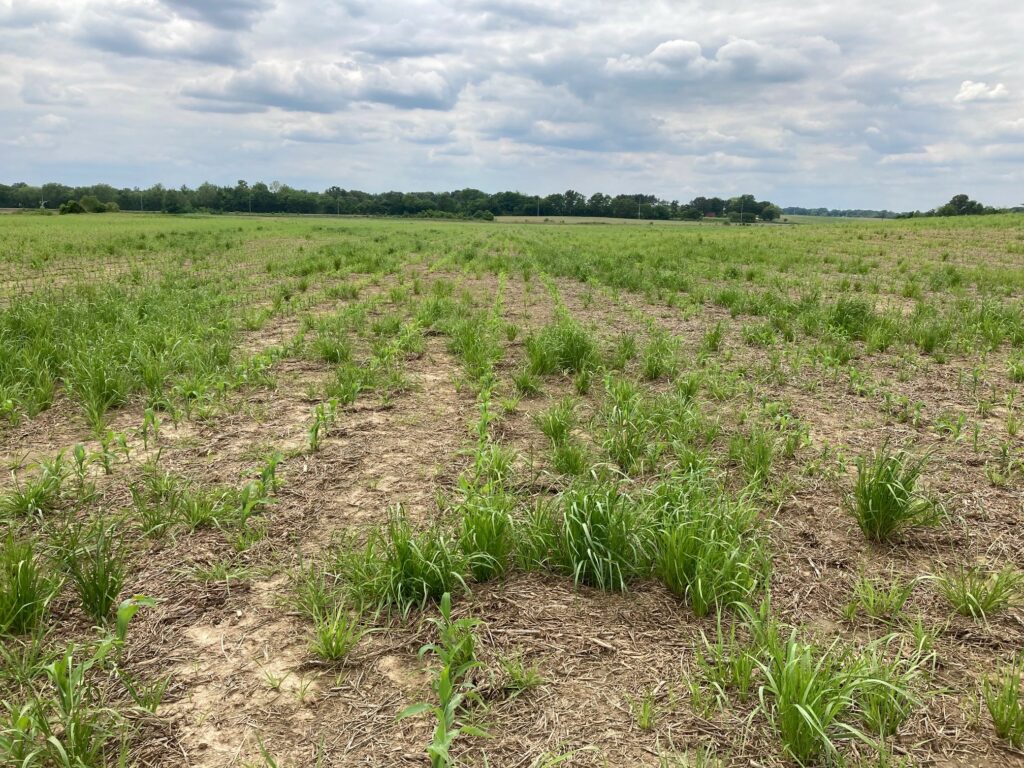UT’s Soybean Scout Schools will be held in July (see details below). These field-side programs cover the basics of soybean growth, scouting, pest identification, and general management. Pesticide recertification and CCA CEU points will be available. Scout Schools are offered free of charge with sponsorship from the Tennessee Soybean Promotion Board. Registration is not required. Participants will receive a scouting notebook and a sweep net while supplies last.
West TN – Madison County, July 17th, 9:00 AM – 11:30 AM. This school will be at the West TN Research and Education Center, 605 Airways Blvd. Jackson TN, 38301. Signs will be up at the station to direct you to the field.
Middle TN – Coffee County, July 18th, 9:00 AM – 11:30 AM. This school will be at Graham Farms,8141 Woodbury Hwy., Manchester, TN. Please contact Amy Willis Prince of the UT Coffee County Extension Office at 931-723-5141 or awillis2@utk.edu if you plan to attend.
East TN – Monroe County, July 19th, 9:00 AM – 11:30 AM. This school will be held in Madisonville, TN (the exact location is being finalized). Lunch will be provided. A head count is required for the meal, please contact Jonathan Rhea of the UT Monroe County Extension Office at 423-442-2433 or jrhea@utk.edu if you plan to attend.





